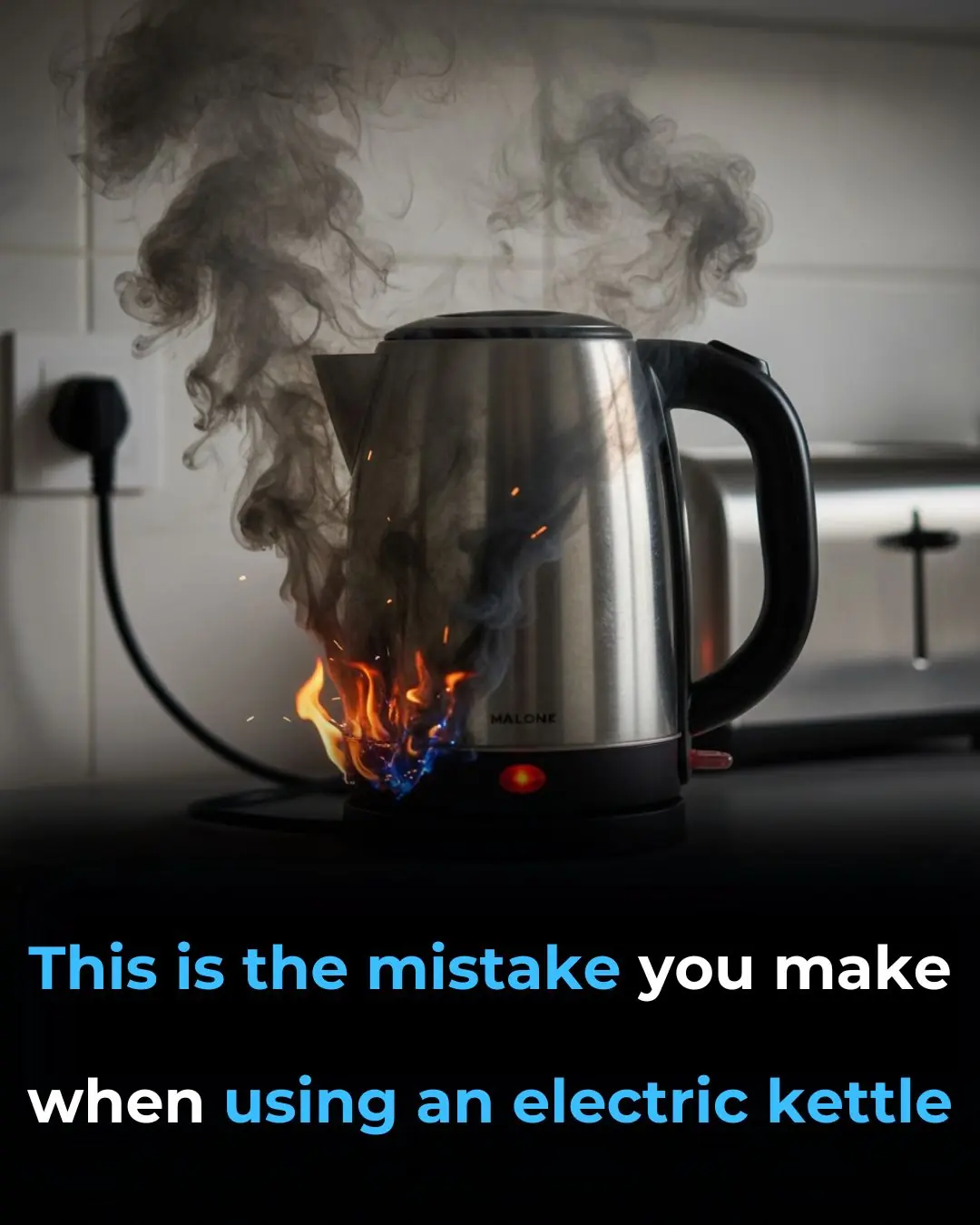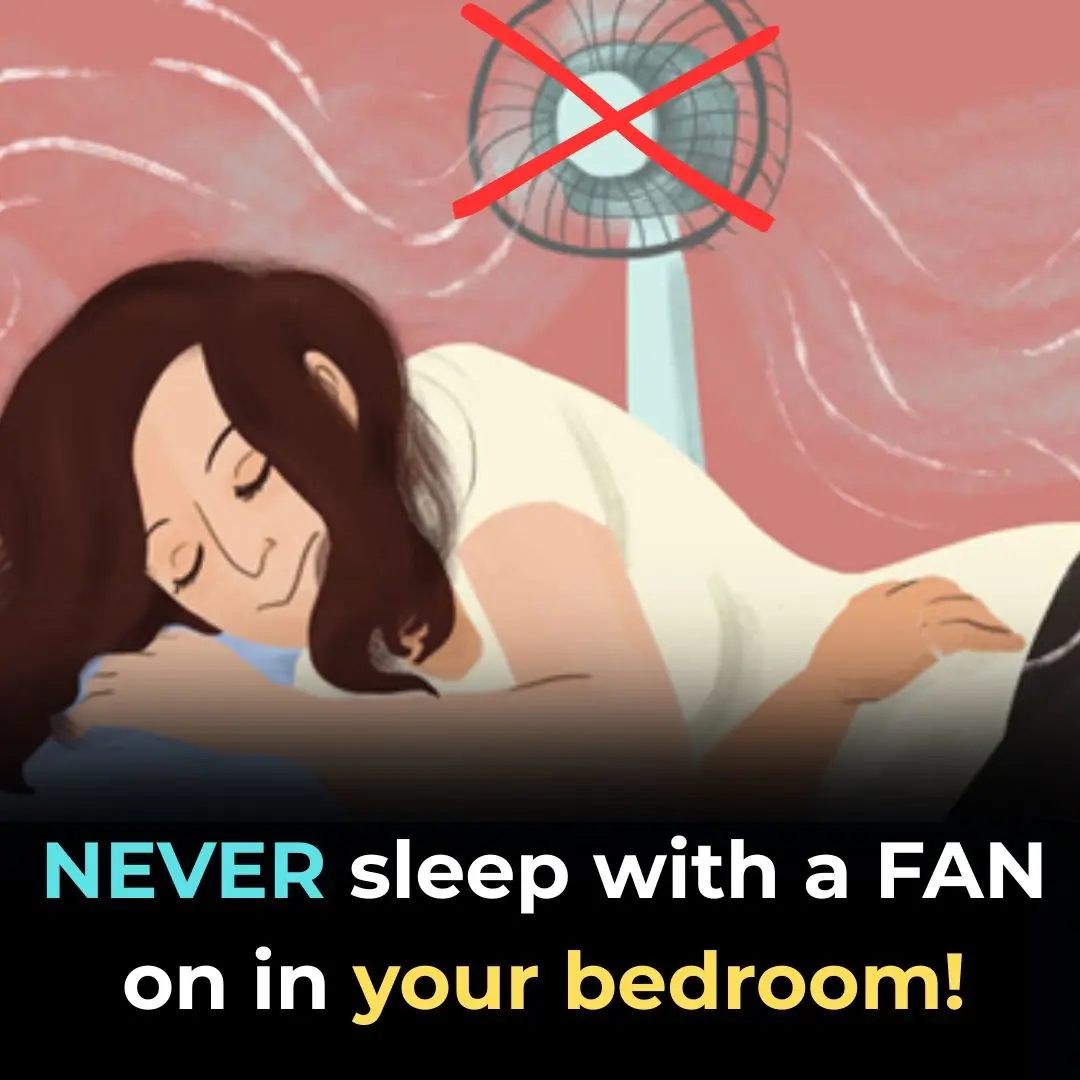
8 devices that consume the most electricity, twice as much as air conditioners: Remember to unplug after use, or your bill will skyrocket.

Think the Air Conditioner Uses the Most Electricity? Think Again — These Household Appliances Are Draining Your Power Bill Too
Most people assume the air conditioner is the biggest energy consumer at home. While it’s true that AC units use a significant amount of power, several other everyday appliances are quietly driving up your electricity bill without you even noticing. Here’s a closer look at some of the most common culprits — and how you can use them more efficiently.
1. Induction Cooktops and Electric Stoves
In modern households, induction cookers and electric stoves have become indispensable kitchen tools. They are safer and more convenient than traditional gas stoves, eliminating risks of gas leaks and explosions. However, that convenience comes with a price — these stoves consume a lot of electricity.
According to energy experts, even when not actively in use, an induction stove can draw a small but constant amount of power if it remains plugged in. For example, a single-burner induction stove can waste around 85–95 kWh per month, while a double-burner model may consume 170–190 kWh. The exact number depends on power output and brand.
To reduce waste and ensure safety, always unplug your stove after use. It’s a simple habit that can make a noticeable difference in your monthly electricity bill over time.
2. Water Heaters
Few things feel better on a cold day than a hot shower, which makes water heaters essential in northern regions of Vietnam — and in many other places with chilly winters. Most families use 30-liter water heaters, which are typically enough for 2–4 people. However, these devices can easily consume more electricity than an air conditioner if used carelessly.
If you only turn the water heater on for about an hour each day, you’ll use 70–80 kWh per month. But families that keep it on constantly may see consumption skyrocket to 230–340 kWh monthly.
For both safety and efficiency, turn off the circuit breaker (or unplug the heater) after each use. Leaving it running not only wastes power but also increases the risk of overheating or electrical hazards — especially in humid conditions.
3. Hot and Cold Water Dispensers
Hot and cold water dispensers have largely replaced kettles in modern households due to their convenience. They provide hot water instantly for making tea, coffee, or instant noodles, and cold water for refreshment during hot summer days.
However, these machines maintain their water temperature 24/7, which requires continuous power. Depending on capacity and manufacturer, their wattage ranges from 700 to 1,200 W. If left plugged in all day, they can consume 40–100 kWh per month.
To cut down unnecessary costs, unplug your dispenser at night or when you’re away. This small step helps prevent overheating, reduces fire risk, and saves energy without affecting daily convenience.
4. Clothes Dryers
During cold or humid seasons — especially the damp spring months in northern Vietnam — a clothes dryer becomes a lifesaver. It ensures your laundry stays dry, fresh, and odor-free. However, this comfort can be quite expensive.
A standard 8 kg dryer (vented or condenser type) typically uses 75–140 kWh per month if operated daily for 1–2 hours. More advanced heat pump dryers are much more energy-efficient, though they tend to be costlier upfront.
To save energy, consider air-drying clothes when weather permits, cleaning the lint filter regularly, and avoiding small, frequent loads that waste electricity.
5. Desktop Computers
Computers are another hidden energy consumer. A standard desktop PC typically operates at 35–450 W, while high-performance gaming setups can reach up to 1,000 W. According to EVN (Vietnam Electricity), the average monthly power usage of a desktop computer exceeds 70 kWh.
When you’re done working or gaming, turn off the power supply and unplug the device. Also, enabling “sleep” or “hibernate” mode during short breaks can further cut down electricity usage. For those using desktops primarily for work, consider switching to laptops, which generally use 70–80% less energy.
6. Televisions
Televisions are among the most commonly used electronic devices in every home. Most families have at least one TV in the living room, and many even have an additional unit in each bedroom for comfort and entertainment.
However, televisions consume more electricity than most people realize, particularly because they’re often left in standby mode. A typical TV can continue drawing power even when turned off, leading to unnecessary energy waste.
To save on your power bill, unplug the TV when not in use or use a smart power strip that cuts off electricity automatically. It’s safer, greener, and your monthly bill will thank you for it.
Final Thoughts
While air conditioners are well-known for their high electricity consumption, the reality is that many smaller devices quietly consume just as much — or even more — power over time. By building a few simple habits like unplugging devices after use, you can significantly reduce waste, lower your electricity bills, and improve safety in your home.
Energy saving doesn’t always require big sacrifices — just a bit of mindfulness and consistent effort.
News in the same category


Don't make the mistake of throwing away tea bags. see more

🪟 Vinegar Is the Key to Streak-Free Windows & Shiny Surfaces — But Most People Use It Wrong

This Is The Mistake You Make When Using An Electric Kettle

Don’t Toss That Banana Part

The Hidden Effects of Sleeping With a Fan on Your Throat

Tips for freezing tomatoes to eat all year round, the flavor is always fresh and delicious like freshly picked

Health benefits of lemon peel, don't throw it away and waste it

4 effective ways to clean yellow armpit stains on white shirts, making them as white as new

Identify enoki mushrooms soaked in formaldehyde poison thanks to 5 typical signs

Golden tips for choosing ham: Identify borax with a simple, absolutely safe way

How to recognize fish infected with urticaria: Don't buy it even if it's cheap as if it were given away.

Soak lemongrass with vinegar to get a special type of water with wonderful uses.

Is beef that has iridescent colors like the 7 rainbow colors edible?

🚽 How to Remove Limescale Stains from Your Toilet Bowl — Naturally & Without Harsh Chemicals

7 ways to preserve onions and garlic so they don't mold, rot, or sprout all year long

Squeeze lemon juice into the rice cooker before cooking? Simple operation but surprising effects

Put a bowl of salt in the refrigerator: A small but effective tip that makes me regret knowing it after 30 years

The Hidden Power of the Hole in Your Kitchen Knife — 7+ Surprising Uses You Probably Didn't Know
News Post

When a woman stops loving a man, she begins…

5 hygiene mistakes that many people make... but no one dares to talk about...

Don't make the mistake of throwing away tea bags. see more

🪟 Vinegar Is the Key to Streak-Free Windows & Shiny Surfaces — But Most People Use It Wrong

When your liver is bad, these parts start to hurt

Euphorbia Hirta: 30 Benefits and How to Use It Safely

What does this gesture mean?

The Hidden Power of Common Lantana (Lantana camara): What You Can Safely Do with It at Home

This Is The Mistake You Make When Using An Electric Kettle

Top 12 ways to quickly improve blood circulation in legs

Is Too Much Rice Harming Your Health

Has This Ever Happened to You? The Strange Phenomenon That Freezes You in Your Sleep

Some people are only now realizing what the “WC” sign stands for on washrooms

Tingling Sensation In Your Body: Why Does It Happen

Unbelievable Discovery: Praying Mantis Eggs Found in Christmas Tree

The Night the Wild Came Home: A Mountain Lion’s Gentle Visit

Wisconsin Black Bear Freed After Eight-Day Struggle with Plastic Jar on Her Head

From Tragedy to Triumph: Paralyzed Dog Ward Takes His First Steps Toward Recovery

Tennessee Trooper Stops Traffic to Save a Dying Dog
